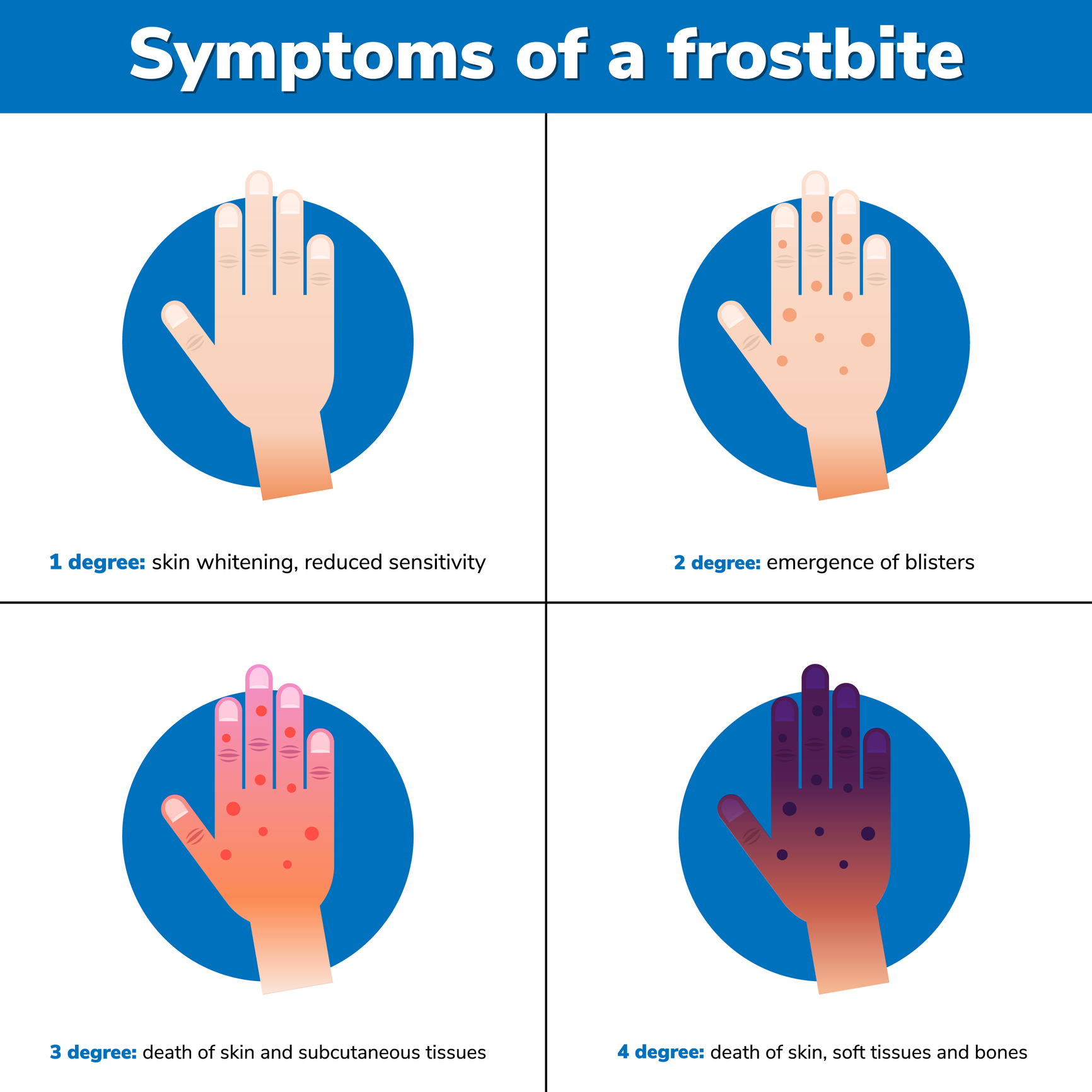Frostbite is a serious medical condition. It can cause permanent, and severe, damage to the skin and body. It occurs when someone is exposed to extremely cold conditions for extended periods of time. As outdoor enthusiasts, we need to be aware of the symptoms of frostbite. We need to know how to prevent it, and how to cure it if we do start to see the first signs of it while out in the wilderness.
While it’s easy to assume that frostbite only needs to be the concern of mountaineers climbing the highest mountain in the world, skiers or winter hikers, frostbite can affect anyone if they’re ever caught out in the wrong conditions – even when walking to the shops in particularly cold climates.
Before we go any further here, it’s worth noting that we’re not a medical website and are therefore not qualified to diagnose and treat frostbite. If you are showing the symptoms of frostbite and have managed to stumble across this article, then make sure you seek out medical help as soon as possible.

What Is Frostbite?
Frostbite is the formation of ice crystals within the cells of your body. As your body begins to cool (starting with the extremities, as this is the last place your warm blood reaches) the body begins to narrow the blood vessels towards your extremities to ensure your vital organs get as much warm blood as possible.
This restriction in blood flow to the extremities means that they get colder, and this leads to ice crystals forming in the tissues of the exposed extremities.
Once ice has begun to form, the exposed cells begin to rupture. On top of this, because of the reduction in blood flow, the cells soon become deprived of oxygen – all of which slowly leads to the cells and tissue slowly dying.
Frostbite occurs when skin is exposed to extremely low temperatures, typically around -0.55 degrees centigrade and below.


